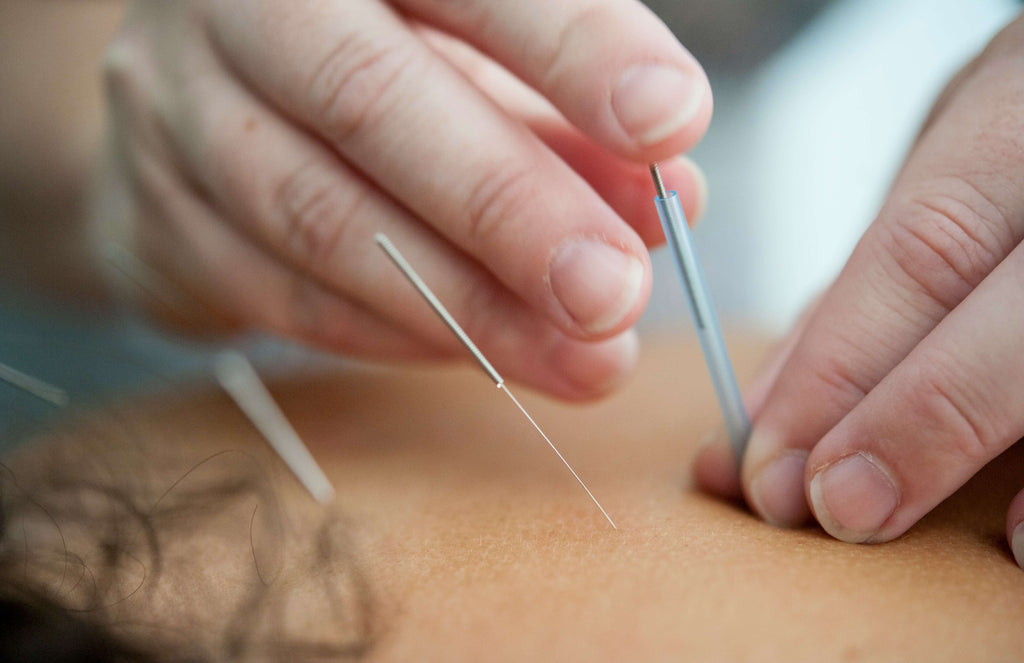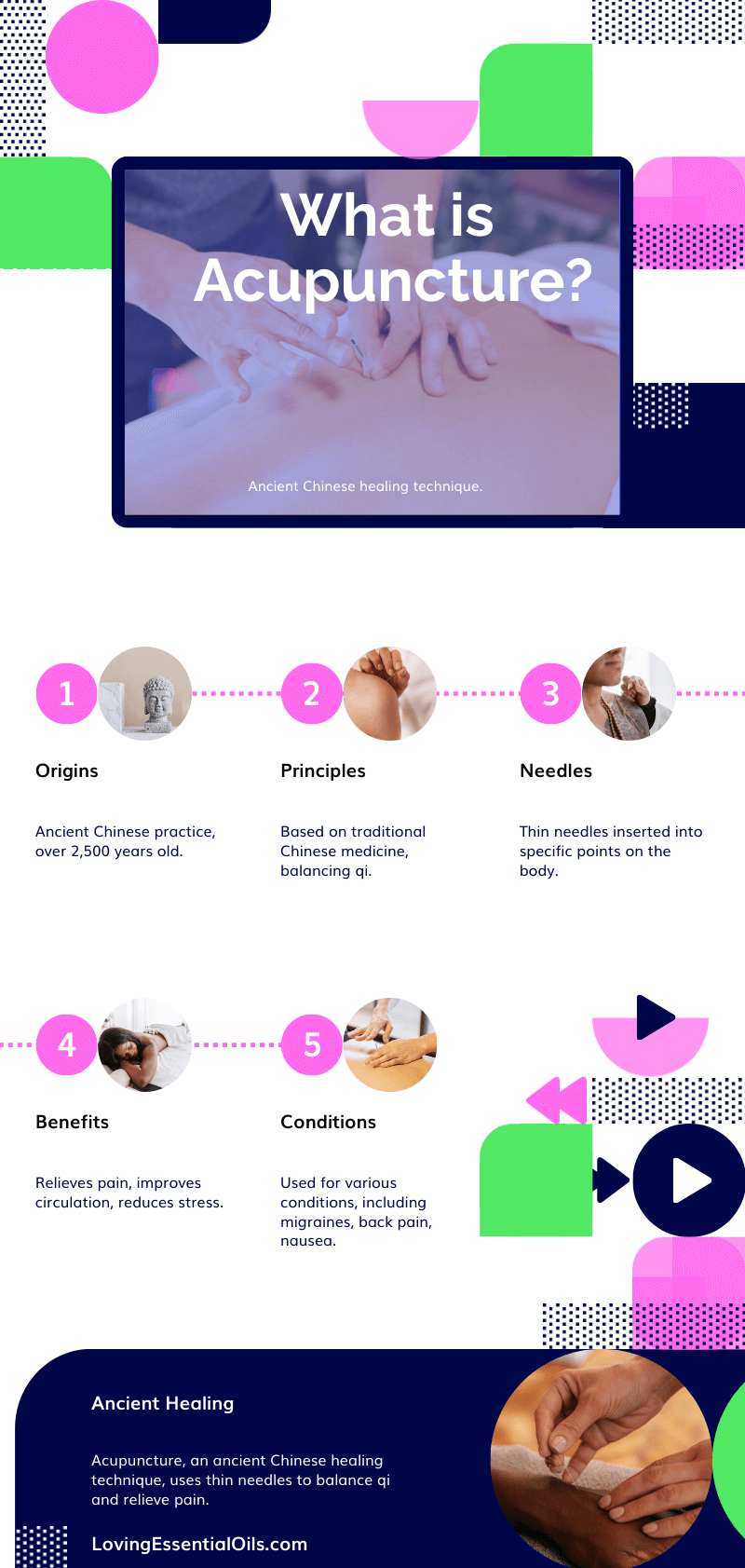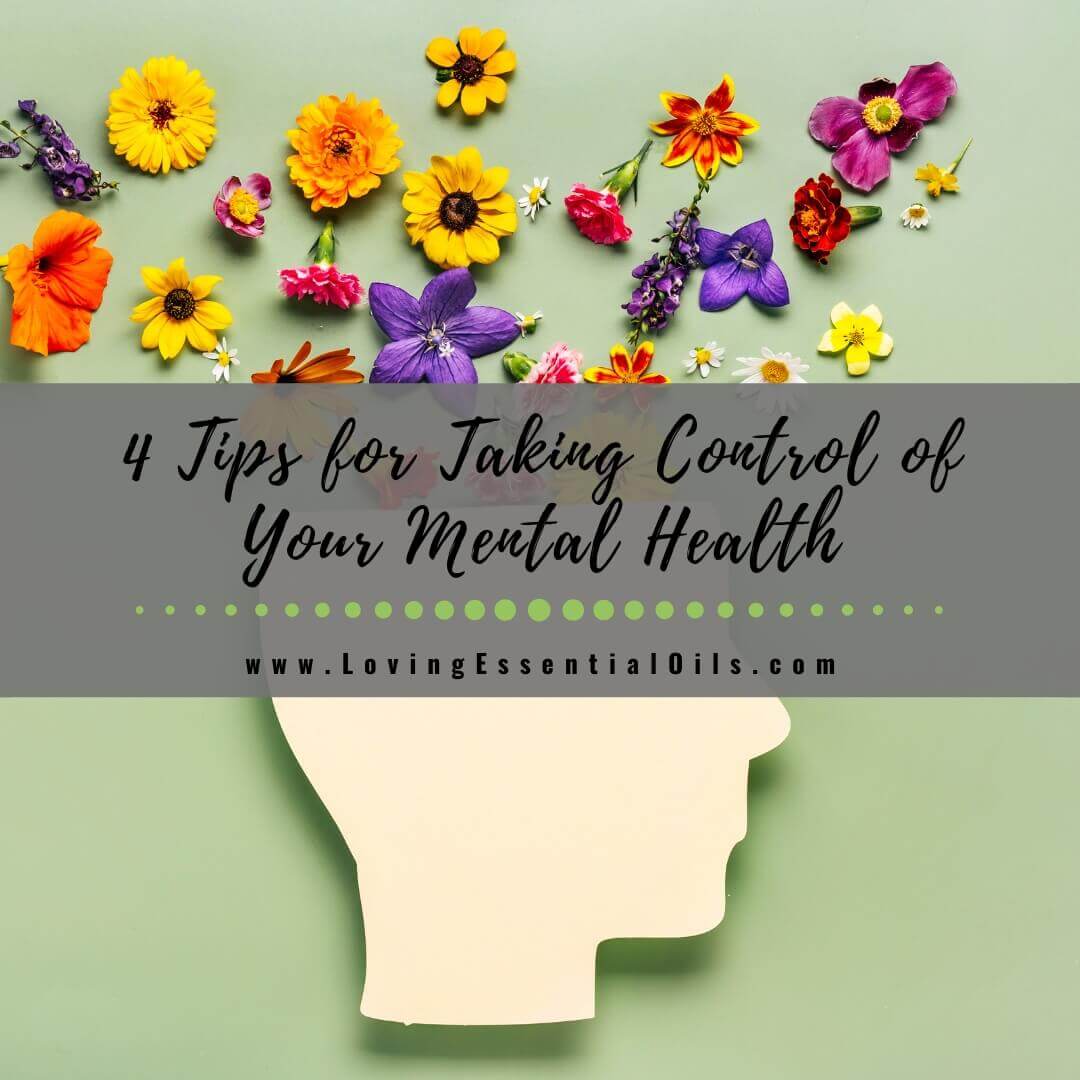Acupuncture is a therapeutic practice steeped in thousands of years of history and has surged in popularity as a versatile treatment for a myriad of health conditions. However, numerous misconceptions about its safety and effectiveness still linger, often deterring individuals from considering this beneficial practice.
In this blog, we're setting the record straight. By debunking common myths and providing factual, evidence-based information, we aim to dispel the misunderstandings surrounding acupuncture and demonstrate why it continues to be a trusted choice for enhancing health and wellness today.
What is Acupuncture?
Acupuncture is a traditional Chinese medicine practice that has been used for centuries to treat a variety of ailments. At its core, acupuncture treatments involve the insertion of very fine needles into specific points on the body, known as acupuncture points.
These points are strategically located along pathways, commonly referred to as meridians, which are believed to channel the flow of energy or Qi throughout the body. The stimulation of these points is thought to correct imbalances in the flow of Qi, thereby improving health and wellness.
Typically, an acupuncture session begins with a consultation, where the practitioner assesses the patient's condition and determines the appropriate points for treatment. The patient then lies down in a comfortable position, and the practitioner gently inserts needles into the designated points.
These needles are usually left in place for about 15 to 30 minutes. During this time, patients often experience a feeling of relaxation and calmness. The needles used in acupuncture are sterile and meant for single use, minimizing the risk of infection.
Understanding the traditional foundations and the precise methodology of acupuncture provides a clear basis for discussing its risks and benefits, helping patients make informed decisions about their health care options.
Common Misconceptions
Acupuncture is surrounded by myths and misconceptions that can often deter individuals from seeking this effective treatment. Here we'll address some of the most common myths and separate fact from fiction to provide a clearer understanding of what acupuncture really involves.
Myth 1: Acupuncture is painful
Fact: Many assume acupuncture to be painful due to the use of needles. However, the needles used are extremely thin, much finer than those used for injections or blood draws. Most patients experience minimal to no discomfort, and some even find the treatment deeply relaxing.
Myth 2: Acupuncture is unsafe
Fact: When performed by a qualified and certified practitioner, acupuncture is highly safe. Practitioners use sterile, single-use needles, significantly reducing the risk of infection. The most common side effects are minor and include slight bruising or bleeding at the needle sites.
Myth 3: Acupuncture is only useful for pain management
Fact: While acupuncture is renowned for its effectiveness in managing pain, its benefits extend much broader. It has been successfully used to treat a variety of conditions including stress, anxiety, insomnia, digestive problems, and even allergies, making it a versatile tool in holistic health management.

Exploring the Real Risks
Like with many modern treatments, there are natural risks that come with acupuncture treatments. It's essential to understand the real risks associated with the practice, though they are minimal when procedures are performed correctly by qualified acupuncture practitioners.
Infection: The risk of infection from acupuncture is extremely rare. This is largely due to strict standards requiring the use of sterile, single-use needles. When these hygienic practices are followed, the chances of infection are nearly nonexistent.
Injury: While acupuncture involves the insertion of needles, serious injuries are exceptionally rare. Practitioners are required to undergo extensive training and certification to ensure they understand the precise anatomy of the body.
This education helps prevent any serious complications, such as puncturing organs or causing nerve damage. The qualifications required for certification are rigorous, emphasizing patient safety and care.
Minor Side Effects: Some individuals may experience minor side effects such as bruising or slight bleeding at the needle sites. These side effects are typically minor and resolve quickly on their own. They are a normal response in some individuals and should not cause concern.
By adhering to high standards of practice and choosing well-trained, certified acupuncture practitioners, the real risks associated with acupuncture can be minimized, allowing patients to safely enjoy the many health benefits it offers.
Safety Practices in Acupuncture
Ensuring the safety of acupuncture treatments is paramount, and this is achieved through rigorous training and adherence to established safety standards by certified practitioners.
Certification Requirements: Acupuncture practitioners undergo extensive training before they can be certified. This training typically involves detailed study of human anatomy, acupuncture points, and proper needle techniques, coupled with hundreds of hours of clinical practice.
Practitioners must pass comprehensive exams to demonstrate their competence before receiving certification from recognized accrediting bodies. This thorough preparation ensures that practitioners are well-equipped to perform acupuncture safely and effectively.
Safety Standards: Certified acupuncture practitioners adhere to strict safety standards to mitigate any risks associated with the practice. These standards include using pre-sterilized, single-use needles to eliminate the risk of infection.
Practitioners are also trained to follow precise needle insertion techniques to avoid any potential injury. Furthermore, they maintain a clean and safe environment in their clinics, adhering to protocols that ensure the health and safety of their patients.
By meeting these stringent certification requirements and following established safety standards, acupuncture practitioners provide a safe, effective service to their patients, minimizing risks and enhancing the therapeutic benefits of acupuncture.
Share on Pinterest






